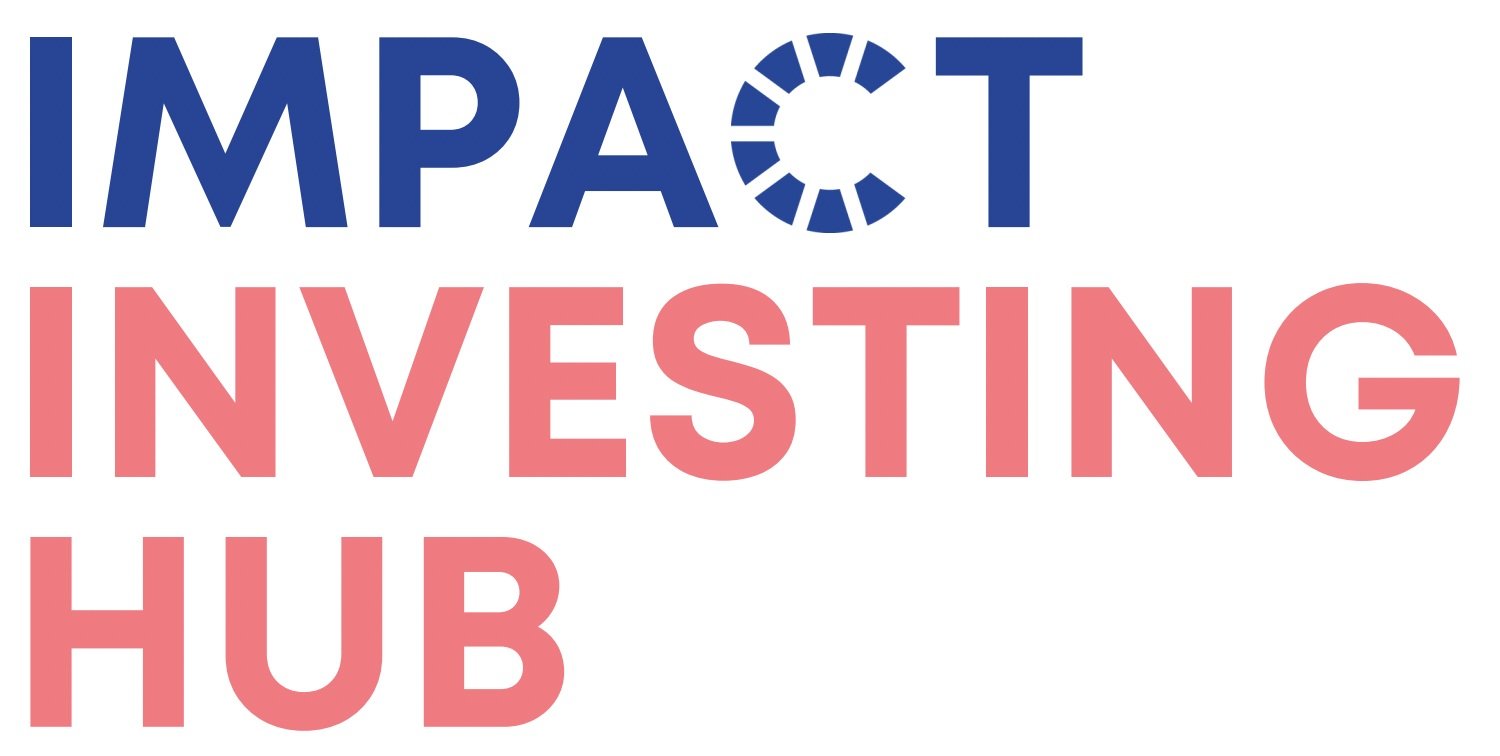Case Study: Blue Mark - Evaluating Impact
A question that often comes up in the impact investing sector, is ‘how do you meaningfully measure and evaluate the impact of an investment?’. Given impact investing has the core tenet to create impact and measure it, the question is indeed an important one that all investors in this space should be asking themselves.
In this article we showcase the Blue Mark impact evaluation framework and highlight their ‘Raising the Bar 2.0’ report as a helpful resource for investors, advisors and evaluators.
Who are Blue Mark?
BlueMark was founded with a mission to “strengthen trust in impact investing” and to help bring more accountability to the impact investment process. They believe impact verification is a key ingredient for establishing and maintaining trust between impact investors and their stakeholders. By providing a reliable resource for independent, third-party assurance of impact claims and practices, BlueMark plays an important role in advancing best practices and ensuring the impact investing industry scales with integrity.
About the Raising the Bar 2.0
BlueMark has a research series on best practices in impact performance reporting. The goal is to improve the quality and usefulness of reports produced by private market impact investors.
Raising the Bar 2.0 provides an overview of BlueMark’s framework for evaluating impact reporting, results from a pilot project with Impact Frontiers, and their insights into emerging best practices for impact reporting.
Overview of the Evaluation Framework
BlueMark’s verification services are structured around the two key pillars of accountability for impact:
Impact Management Practice — the extent to which a client has implemented the policies, tools, and processes necessary to execute on their impact strategy; and
Impact Reporting — the extent to which a client’s reporting of its impact performance is complete and reliable.
The framework then enables evaluators to evaluate impact across four key pillars:
Impact Strategy
Impact Results
Data Clarity
Data Quality
Whilst the field of impact evolution is continuously evolving with a range of approaches in the market, we believe the Blue Mark approach provides a great way to think about evaluating impact in a holistic and rigorous way, helping investors, advisors and evaluators answer that all important question we started this article with.
You can review the Raising the Bar 2.0 report here.




